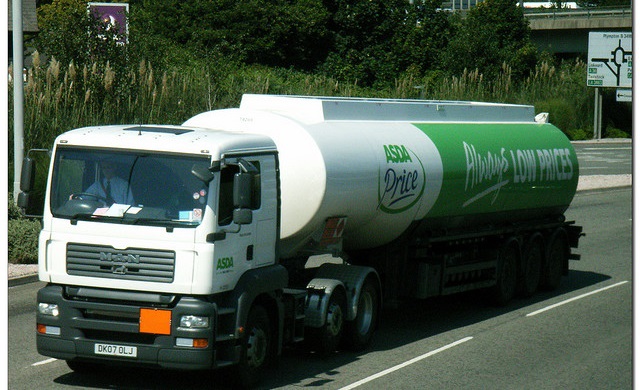Berkshire Hathaway was the largest company controlled by Buffett in 1970. His 29% of the votes plus the loyalty of other shareholders, many of which were former partners, meant he could dominate the boardroom and capital allocation decisions.

Berkshire Hathaway had morphed from being a textiles-only company in the mid-1960s with $22m of tangible net assets to a mini-conglomerate with about $50m of tangible assets. This money was split roughly equally between three distinct businesses:
•A textile operation that earned very little, if anything – 1969 was one of the better years with a 5% return on capital employed.
•Illinois National Bank (Rockford Bank), recently bought.
•An insurance business. This had branched-out from automobile insurance into workmen’s compensation and reinsurance. Most significantly for Buffett was the combination of (a) managers capable of making a positive return on the underwriting and, (b) a float of $39m which he could invest.
There was about another $2m invested in “miscellaneous” assets. The $7m of debt taken on to buy the Rockford Bank needs to be deducted to arrive at net tangible assets of $43m, about the same as its market capitalisation. For the sake of completeness, I should mention that it held The Omaha Sun and Blacker Printing Company, but they were very small and do not feature much in the future of the holding company.
Overall, Berkshire Hathaway had made a return of more than 10% on average stockholders’ equity in 1969. From this we can deduce that the combined bank and insurance operations produced returns in the low teens. (When expressed separately, Buffett had said in 1969 that National Indemnity was earned about 20% on capital employed).
He reckoned that the earnings power (forward-looking, but based partly on evidence from the past) of the bank and insurance together at about $4m. On the $32m invested in their tangible assets that would indicate a return of around 12.5%.
Would you invest in Berkshire Hathaway in 1970?
I think you would agree that the numbers are OK, but they are hardly astounding; they hardly indicate that Berkshire Hathaway will one day be a top-three company globally.
In fact, if I was transported back in time to 1970 and was asked to analyse Berkshire Hathaway I might conclude that, while it had a great captain, the business operations were pretty mundane, and had overall failed to prove an ability to generate high rates of return on capital employed. It is no surprise that the share price has risen no higher than the book value per share.
It ain’t going to grow much from here, is it?
Perhaps, if I was having a really exceptionally perceptive day, then I might note that we have in Berkshire a flow of profits from the Bank which can be invested else…………..To read the rest of this article, and more like it, subscribe to my premium newsletter Deep Value Shares – click here http://newsletters.advfn.com/deepvalueshares/subscribe-1

 Hot Features
Hot Features













